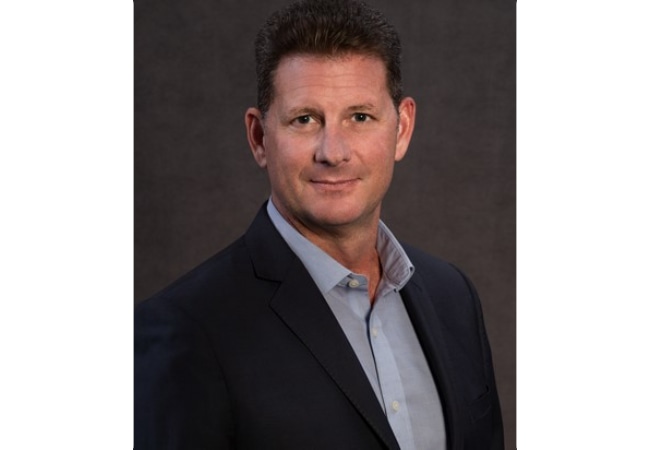Given the continued ‘model miss’ of the recent catastrophes, Mark Bernacki, Chief Underwriting Officer of Amwins, has suggested that the industry should “absolutely” move to less model dependency.
 In his interview with Reinsurance News, Bernacki gave a definitive “yes”, when asked whether it was time to move on, citing the increased reliance the industry has had on the model over the past decade.
In his interview with Reinsurance News, Bernacki gave a definitive “yes”, when asked whether it was time to move on, citing the increased reliance the industry has had on the model over the past decade.
“When I started my underwriting career 30 years ago, the model was one of many tools that we used to assess basic PMLs and exposure footprints,” he said.
“Now, for many, it’s become the sole basis of judgment in terms of their capital models, as well as their risk appetite measures.”
Bernacki stated that at a minimum, people are going to have to depend upon more than one model.
He added, “The other thing that we’ve seen happen specifically over the past 12-to-18-month period is people who are still using the model are putting significant uplift factors above and beyond what the model says, to deal with Insurance-to-value (ITV), social inflation, increased frequency, increased severity, etc.
“So, I do think that there will be less reliance on the models going forward on a short-term basis.
“Medium-term, I think you’ll find the use of models becoming more complex or more hybrid in format, as in, they’re blending and mixing to get a better assessment of risk.”
He concluded this point by stating, “when people hear the model and they say, ‘that’s a 1-in-250 or 1-in-100 event,’ what many people misinterpret, is that this is the minimum level of that event.
“If your 1-in-100 loss is $100, it means the loss is going to be at least $100, though most likely more in terms of conditional expectation, and that’s where I think many exec board members and others misinterpret the model.”
When asked specifically how increased inflationary pressure will affect capital’s desire in the natural catastrophe space, Bernacki said that from a valuation or ITV perspective, he believes it is one of the industry’s biggest challenges.
“If you’re a third-party observer outside of the insurance industry, it seems it should be easy to create proper valuation, but in reality, it’s really hard.”
Bernacki continued, “From an inflationary perspective, values have been going up so rapidly, it’s honestly hard to keep track, even some of the well-known valuation models and tools are insufficient to keep up, they used to be updated on an annual basis, but many have now moved to quarterly, while some are moving to monthly.
“Further, if you write a 12-month contract in a 10% inflationary environment, by the end of the year, you’re already 10 points behind.
“Coupled with the hard market and the trading conditions, you’ve got an insurer now that’s really at a pinch point, they are facing significant rate uplift just based on their old valuations, and then you throw a revised valuation on top of it, you almost need to ask the question, can they indeed afford to double bump?”
Bernacki emphasised the importance of solving this, though he also observed that it’s not something that can be done overnight.
He concluded by saying that there needs to be complete alignment all the way from reinsurers to the clients to get a true understanding of the situation.


